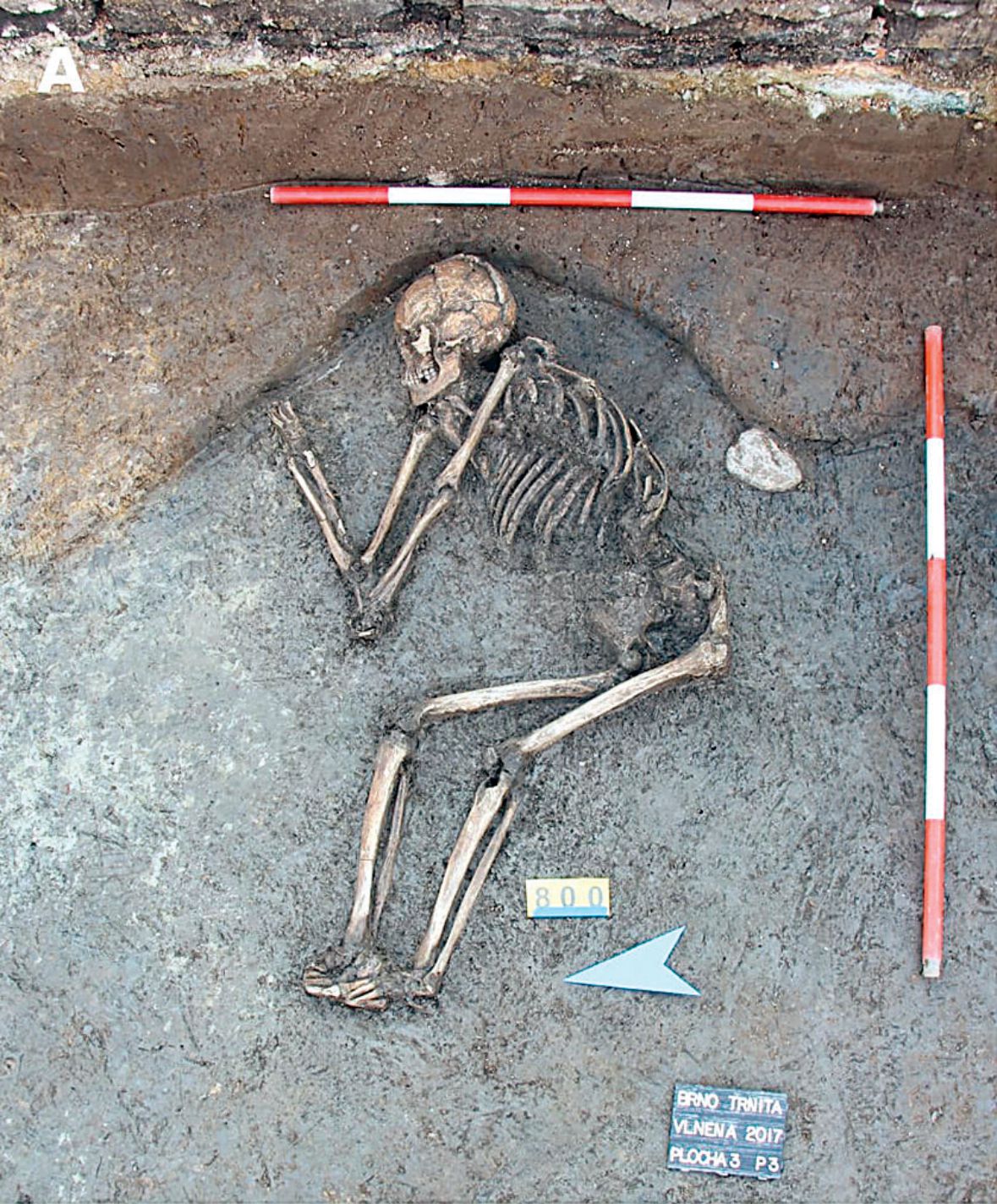The Eneolithic inhumation burial rite in Moravia in light of radiocarbon dating
DOI:
https://doi.org/10.35686/AR.2021.11Keywords:
Eneolithic, inhumation burial, radiocarbon dating, physical anthropology, chronologyAbstract
The article addresses the chronology of Eneolithic inhumation burials in Moravia based on radiocarbon dating. A total of 17 individuals were dated using 20 radiocarbon dates, primarily individuals without grave goods or individuals from problematic contexts. The study mainly covers the period of the Early Eneolithic, to a lesser extent the Middle and Late Eneolithic. The find contexts and anthropological assessments are newly published for most of the burials in question. Based on the chronological analysis of graves dated by radiocarbon dating, it is possible to approximately define the time dispersion of individual burial methods in Moravia. Flat graves with individuals in a stretched position without grave goods can be most reliably dated to about 3800–3600 BC.
Downloads

Downloads
Published
How to Cite
Issue
Section
License
Copyright (c) 2021 František Trampota, Jarmila Bíšková, Alžběta Čerevková, Ivan Čižmář, Eva Drozdová, Jiří Kala, Petr Kos, Petr Květina, David Parma, Michal Přichystal, Ivo Světlík, Lukáš Šín, Zdeněk Tvrdý, Jakub Vrána

This work is licensed under a Creative Commons Attribution 4.0 International License.










